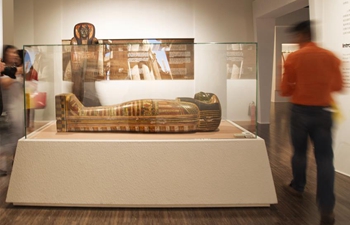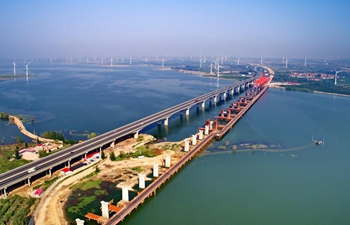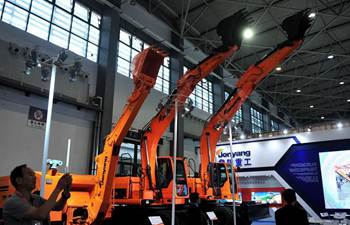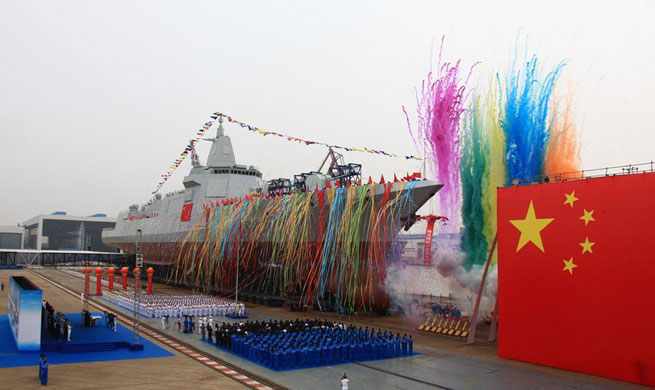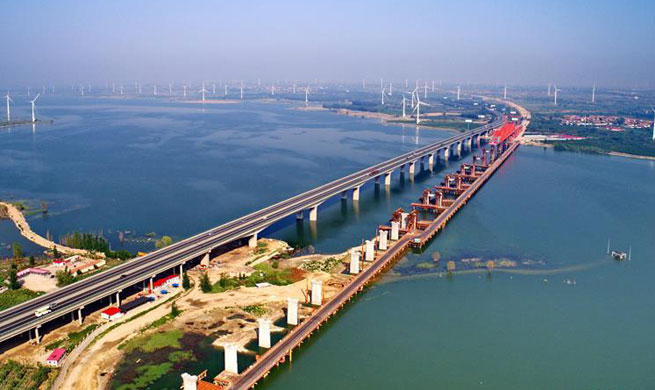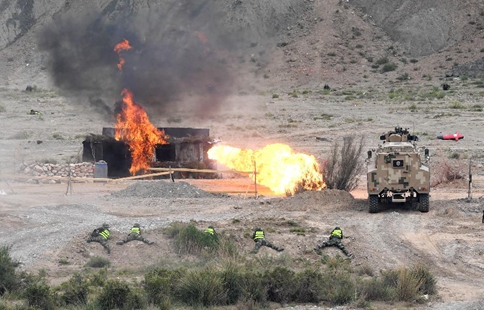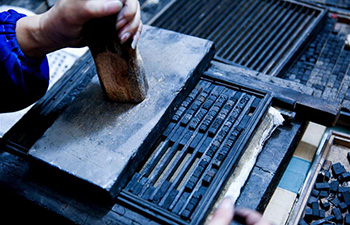HOHHOT, June 28 (Xinhua) -- Having worked in Ordos in north China's Inner Mongolia Autonomous Region for nearly six years, Zhang Xin, a clerk at a property management company, is relieved to have bought a new apartment last year.
"The price we bought at was 5,900 yuan (860 U.S. dollars) per square meter. Today it is worth almost 9,000 yuan per square meter," Zhang's father Zhang Wenquan said.
Zhang is a native of Qiqihar City, in neighboring Heilongjiang Province. Her new apartment is well located, next to a middle school in Kangbashi District, once labelled a "ghost town" by international press.
With an area of some 30 square kilometers, Kangbashi was a futuristic town built on a wasteland in Ordos. Work began in 2004. Facilities of the town were widely put into use only in 2009.
At the very beginning, the population of Kangbashi was no more than 30,000. The town was notorious for the pointless construction and the resulting housing bubble.
The city government came up with a series of measures, including curbing new building work, improving local schools and health facilities, beautifying the environment and, perhaps most crucially, attracting businesses and investment to encourage people to settle down.
It worked. Kangbashi is now an ideal tourist destination and a viable place to invest. At the end of May, there were more than 4,750 businesses in the district and a permanent population of 153,000.
The housing prices in Kangbashi have been rising since the end of 2015, said Liu Hai'e, an official with the local housing authority. The average price per square meter has increased from 4,200 yuan to around 6,500 yuan.
In 2016, a total of 2,089 apartments were sold and more than 1,700 had been sold by June 20 this year.
With green space coverage reaching 42 percent, Kangbashi was designated as both a garden city and a forest city in 2016.
The cool climate in summer and the nearby prairies have brought the tourists in and along with a number of retirees, attracting even more people from other places to move in.
Wang Yongcheng, 74, a retired cadre from Hangjin Banner of Ordos, is among them. He bought a 134-square-meter apartment in Kangbashi two years ago.
"Kangbashi is like a big park with green space everywhere," Wang said, well satisfied with a retirement replete with recreational alternatives.
Zhang Wenquan echoes his views and told Xinhua he is very pleased to live in Kangbashi, breathing fresh air and enjoying the green and pleasant environment, good security and convenient public services.
"My brother, who is in his 80s, at first did not believe what I told him about Kangbashi until he visited us," Zhang said.
Liu Hai'e said more than 60 percent of new house buyers over the past two years in the district have come from neighboring areas.
Over 40,000 apartments have been built since construction started in 2004. Most have now been sold and no more than 500 remain available.




